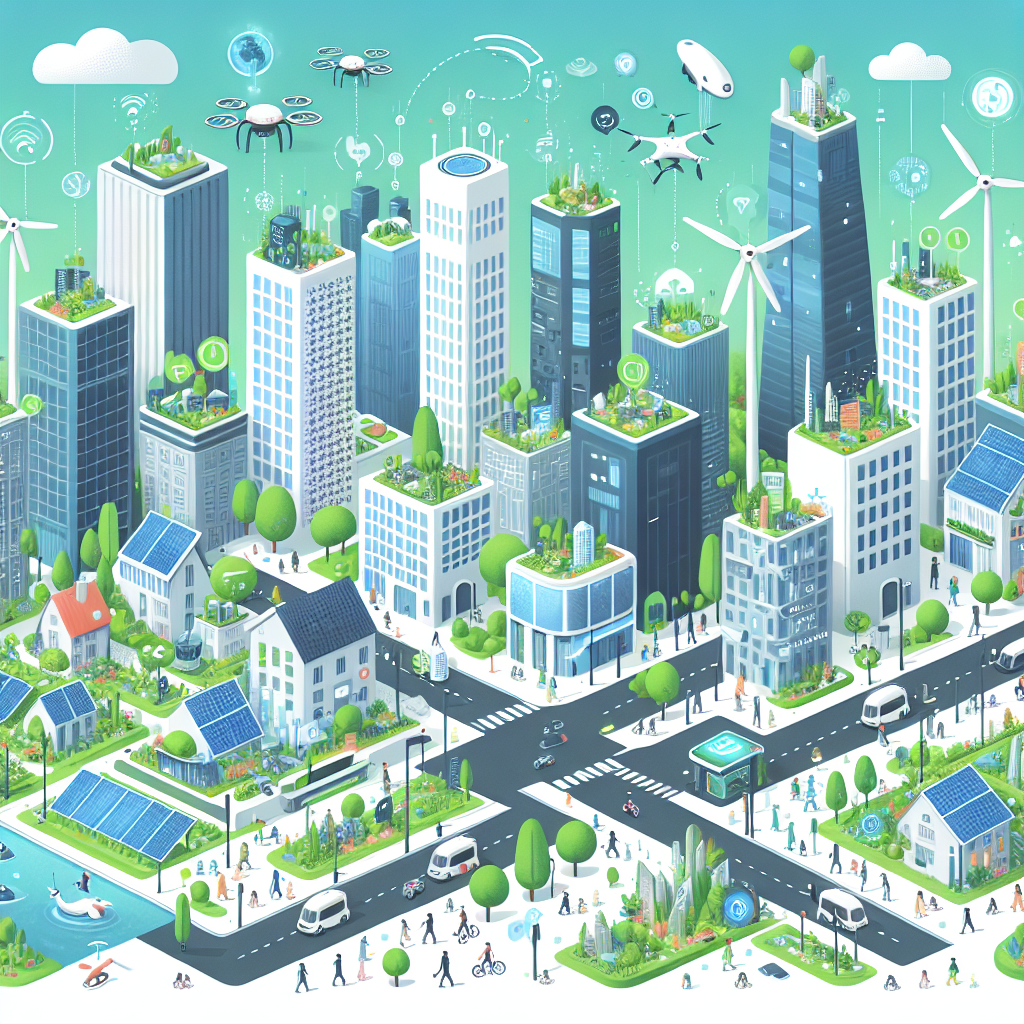Indian Cities Face Critical Crossroads: Build Resilience or Risk Climate Disruption
“The imperative for India to build resilient cities at scale is clear,” said Auguste Tano Kouamé, World Bank Country Director for India.

- Country:
- India
A new World Bank report, Towards Resilient and Prosperous Cities in India, reveals that India’s urban centers hold enormous potential as drivers of economic growth, but warns that this promise is under serious threat from the intensifying impacts of climate change, including extreme heat and urban flooding. Prepared in collaboration with the Ministry of Housing and Urban Affairs, the report underscores the urgent need for green and climate-resilient infrastructure to secure the future of India's cities.
By 2030, nearly 70% of new jobs in India are expected to originate from urban areas. Yet, without significant investments in climate adaptation and mitigation, cities risk losing billions of dollars annually, while millions of lives and livelihoods could be jeopardized.
“The imperative for India to build resilient cities at scale is clear,” said Auguste Tano Kouamé, World Bank Country Director for India. “By investing in more green and resilient urban development—including housing, transport, and municipal services—cities can better mitigate extreme heat conditions and urban floods, and continue to grow and create jobs.”
Urban Growth vs. Climate Vulnerability
India's urban population is projected to nearly double from 480 million today to 951 million by 2050. To accommodate this population boom, the country will need more than 144 million new homes by 2070. At the same time, cities are grappling with rising temperatures due to urban heat island effects, with temperatures in city centers exceeding those of surrounding areas by 3 to 4 degrees Celsius.
Additionally, rapid urban expansion is reducing green cover and natural drainage, diminishing cities’ ability to absorb rainwater and heightening their vulnerability to pluvial (rain-related) floods.
The report studied 24 cities, with detailed assessments of Chennai, Indore, New Delhi, Lucknow, Surat, and Thiruvananthapuram. It finds that proactive climate adaptation could significantly reduce economic losses:
-
Up to $5 billion in flood-related annual losses could be avoided by 2030
-
This number rises to $30 billion by 2070 if adaptation measures are adopted
-
More than 130,000 lives could be saved from heat-related deaths by 2050
Key Recommendations: Build Resilience Now
The report emphasizes that over half of India’s 2050 urban infrastructure is yet to be built, providing a unique window of opportunity to shape a resilient urban future.
To ensure urban prosperity and climate security, the World Bank recommends that Indian cities:
-
Implement targeted adaptation programs, such as:
-
Urban heat mitigation strategies (e.g., cool roofs, green spaces)
-
Stormwater regulation and drainage planning
-
Enhanced early warning systems for floods and heat waves
-
-
Invest in climate-resilient infrastructure, including:
-
Energy-efficient and flood-resistant housing
-
Resilient urban transport systems
-
Modernized solid waste management that promotes circular economy
-
-
Boost access to urban finance, particularly by:
-
Engaging the private sector in infrastructure financing
-
Creating innovative public-private partnership models
-
Improving creditworthiness of urban local bodies (ULBs)
-
The World Bank estimates that India will require over $2.4 trillion in investment by 2050 to meet demand for low-carbon, resilient urban infrastructure. Given the scale, public funds alone will not suffice—private capital mobilization is essential.
Cities Taking Action: Models of Urban Resilience
Encouragingly, many Indian cities have already begun implementing localized climate adaptation and risk management strategies:
-
Ahmedabad developed one of India’s earliest Heat Action Plans, which includes early warning systems, medical preparedness, and labor safety protocols during extreme heat events.
-
Kolkata launched a city-level flood forecasting and warning system to manage flood risks more proactively.
-
Indore has become a model for solid waste management, transforming its sanitation system and generating green employment opportunities.
-
Chennai adopted a comprehensive Climate Action Plan, aligning urban development with both adaptation and low-carbon growth strategies based on extensive climate risk assessments.
These examples demonstrate that climate-smart urban planning is feasible and already delivering tangible benefits in multiple Indian cities.
A Call to Accelerate Action
Report co-authors Asmita Tiwari and Natsuko Kikutake stress that time is of the essence:
“Timely interventions will help India’s cities continue to safeguard lives and properties, attract new businesses and jobs, and drive innovation.”
The report calls for stronger national and state-level policy coordination, capacity-building of urban local bodies, and a shift in urban planning mindsets—from reactive disaster response to proactive climate resilience.
Backed by Global Support
The study was made possible with assistance from the Global Facility for Disaster Reduction and Recovery (GFDRR)—a multi-donor trust fund that supports climate and disaster resilience programs in developing countries.
The World Bank’s findings reinforce the idea that India’s urban future is not just an opportunity but a responsibility. As cities grow, so must their capacity to withstand climate shocks, safeguard vulnerable populations, and lead the way toward sustainable, inclusive growth.










